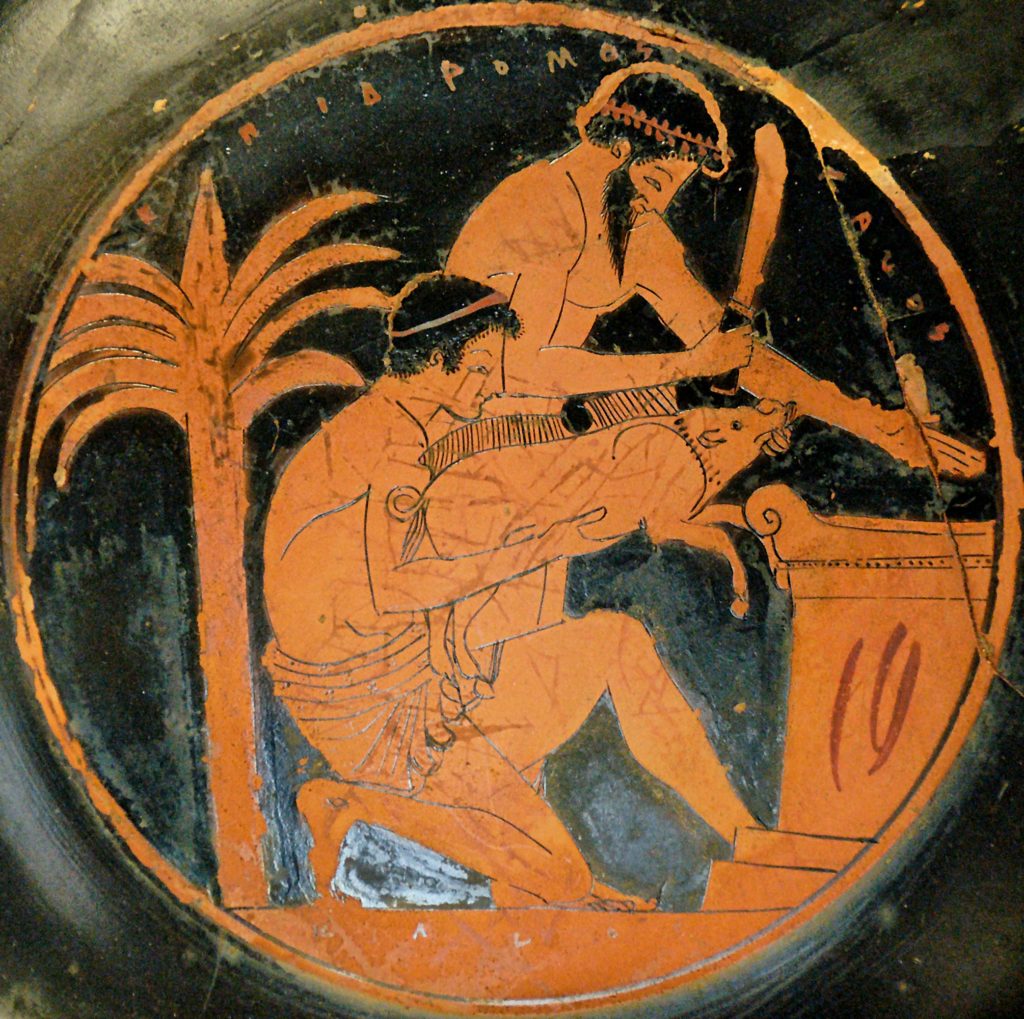
Furthermore, they ought to believe firmly in the works that they do with images, so that what they do will be true and without doubt, nor should they harbour doubts concerning its effectiveness, since this work is not done in order to test or prove whether it be true or not, rather, they should have faith in their mind that it be true. By this the rational spirit is strengthened, and joined to that virtue of the upper world from which proceeds the celestial spirit that acts in the image; and in this way, what is desired will come to pass.
Thus it is necessary to believe firmly, because it is by this that the image will have the power to call upon the cooperation, and of all the primary and principal intelligences, and all the intermediate intelligences. Among all these intelligences, the human soul or intellect is clearly the lowest that can call upon the cooperation of others, and then only when it operates and cooperates with a firm and full intention and diligence with the greatest solicitude. This is called faith in a proposition. In other works of craftsmanship, if the craftsman is not diligent, solicitude and full intention can accomplish the work, but only rarely in making images will this function and complete the work. – Latin Picatrix, translated by Greer and Warnock
One of the joys of reading the Picatrix, besides its being an amazing compilation of astrological magic from the Greeks, the Harranian Sabians and the sages of India, as well as all of the nifty elections, is that one occasionally comes across a gem like the above.
You gotta have faith (that p is true)
In the magic of the Picatrix, as in much of the magic up to and including the Medieval and Renaissance period in the West, some sort of faith was a standard attribute of the magician. Whether this entailed a faith in the existence of the gods and daimons, celestial and chthonic, and their ability and willingness to affect matter, or in the power of the cross to compel the spirits, it was something taken for granted. Faith was not something that a magician had to adopt for a particular rite, magicians did not need to create a subjective synthesis by buying albs worn by Catholic priests, and they did not temporarily suspend disbelief before their ritual.
What the Picatrix describes above, however, is something that is a little different. It is propositional faith, that is, faith in the veracity of a proposition p, where p in this case is the faith that, while you are doing the magic, you are indeed in contact with the celestial intelligence, that it indeed ensouls the image that you create, and that the image will indeed, without a shadow of a doubt, manifest the result that you intend with its creation.
If this sounds very much like the magical use of the imagination, that’s because that is precisely what the author is describing. This isn’t a vague faith that magic works, or a belief that your being created in the image of God is sufficient to boss around demonic spirits, it’s the active use of the imagination to contact, direct and lead a spiritual being towards a desired end. For the Bardonists among you, this should be pretty familiar, as it is exactly this method that is required to contact and direct the Vital Energy, the Elements, the Akasha and the Fluids.
The Picatrix does not describe the method explicitly, but it should be pretty clear what the essential part of the magic of the Picatrix entails by now.. The craftsmanship aspect of magic is described pretty explicitly in the text : you elect the correct time, you fast on a planetary diet to attune yourself to the celestial force you seek to contact, you invoke the celestial force, you call on the names of the appropriate spirits, you use the appropriate words in your conjuration, you cast or inscribe an appropriate image on a metal or a mineral associated with the planet. But, as the Picatrix tells us, being a master craftsman is not enough for the magic to work.
Pore breathing the Picatrix
OK, pore breathing may be too Bardon specific for some, but working with the magical elections of the Picatrix should involve the liberal use of the magical imagination. For example, if you are working with Venus this month while she is dignified by domicile, you may want to allow Venus to inspire thoughts of peace, friendliness, harmony and pleasure. You might feel sensual, excited, aroused or imagine the sensation of butterflies in your stomach. You might want to have the thoughts and feelings while you visualise one the magical images of Venus.
As you create your image, it should be with the firm conviction that all of those mental, astral and physical forces of Venus are embodied in the image, and, with a sense of immediacy and absolute conviction, you imagine that the image embodies the intended result. If it is supposed to call friends to you, you see yourself surrounded by friends, and identify with the image, feelings, thoughts of having many friends. If it is to increase the peace and harmony within an existing relationship, you imagine as you cast the image that this peace and harmony are embodied by the Image and already exist within your relationship.
For anyone working through Bardon’s Initiation into Hermetics, it will be apparent that it takes regular practice to establish contact with the forces you aim to invoke and direct. As such, some sort of regular practice will also increase the efficacy of your images. In the context of the Picatrix, the regular practice might involve regular invocation of Perfect Nature and daily invocation of the planet of the day with full use of the magical imagination as described above. You can probably forego the animal sacrifices.
